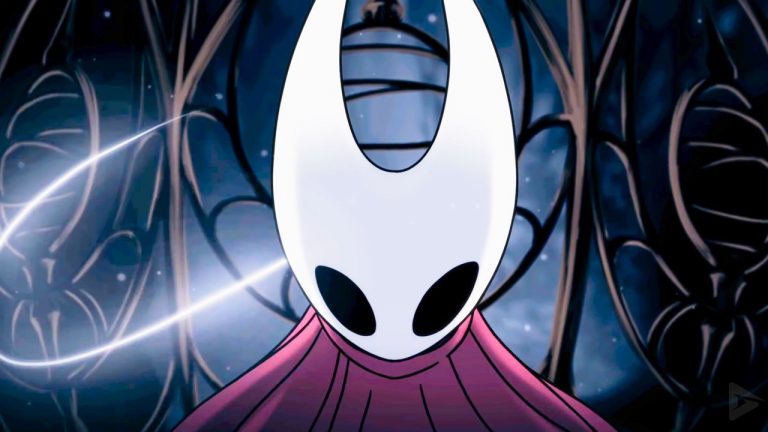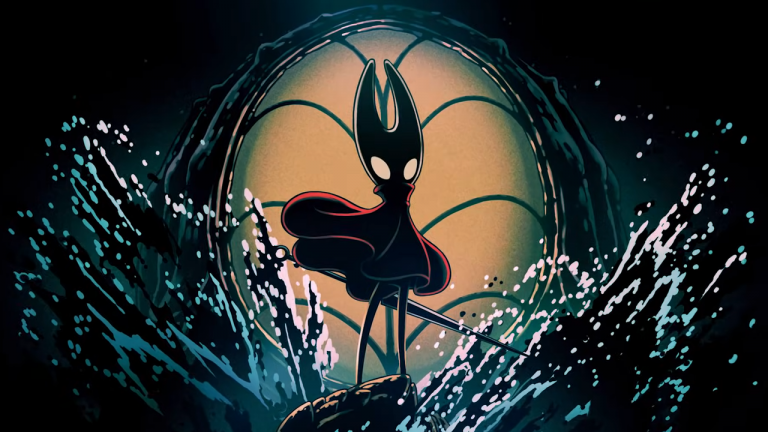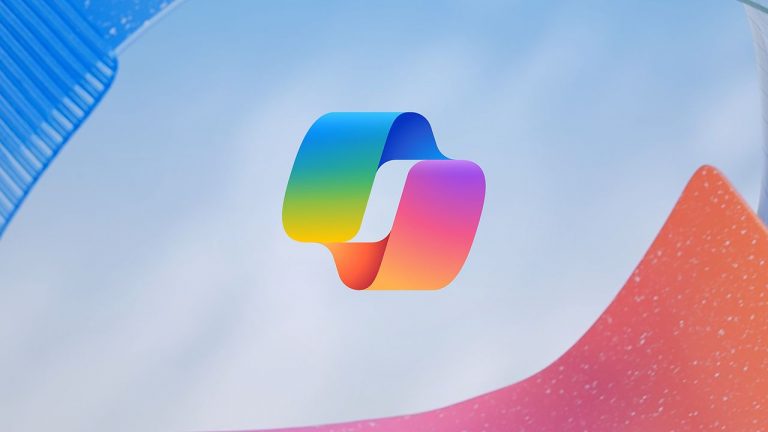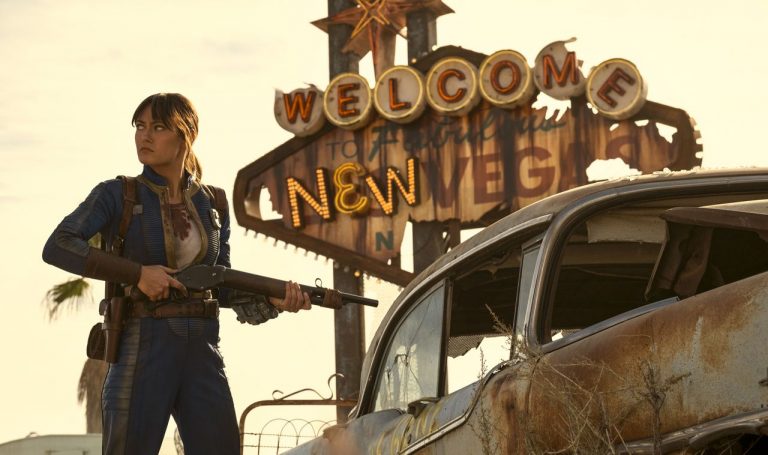As part of Half-Life 2’s 20th anniversary Valve has released a new documentary on the making of the game, a period that was arguably also the making of the company. A significant thread in the story is not just the difficult development of the game itself, but Valve’s major legal battle with Vivendi over these years.
Vivendi, through subsidiary Sierra Entertainment, had published the original Half-Life and owned the IP, but had overstepped its bounds by selling Counter-Strike (a Half-Life mod) in Asia without Valve’s knowledge. To cut a long story short, a huge legal fight kicks off, with Valve looking to regain control of Half-Life, and the much larger Vivendi simply looking to bully Valve out of the IP and employing seriously nasty tactics (like making Gabe Newell’s then-wife part of the lawsuit).
This thing dragged on for years, and it got existential for Valve, with Newell leveraging himself to near-bankruptcy in order to keep the company afloat. Valve COO Scott Lynch, who ironically had managed Sierra in the past, was desperately trying to ink deals that would keep the studio going and let it keep fighting. And so it happened that Counter-Strike 2, a game that would finally be released in 2023, became almost a makeweight in a Half-Life 2 deal.
“I started working on a deal with a big publisher that was for Counter-Strike 2,” says Lynch. “So we’re right there, ready to sign. We’re really kinda running on fumes at that point. And then get a phone call and they’re like ‘yeah we changed our mind, we’re not doing the deal.’ I remember one conversation with Gabe, he was like ‘so how we fucked are we?’ And I was like ‘well, we’re kind of screwed.’
“We can probably reformat everything we’re doing but it means we lay off people, and we still had the huge uncertainty of what’s going to happen in the lawsuit.”
With Vivendi’s lawyers circling, and Half-Life 2 still some way from shipping, Valve needed an influx of cash to keep the lights on. “I immediately started chasing another publisher,” says Lynch. “And we were able to get a deal done with another publisher for Counter-Strike 2. When we got the deal done Gabe at that point was super into knives and as the deal gift for the parties he built a knife that was inscribed Counter-Strike 2.”
Newell’s knife obsession is well-known, though the fact he built a custom Counter-Strike 2 knife (shown in the video) is new: Wonder what that thing would fetch on the community market? Lynch roughly dates the deal to May 2003 though doesn’t specify which publisher this was, but a reasonable guess would be Electronic Arts, which did end up distributing Half-Life 2 at retail (though the game would end up primarily sold on Steam). Which may also be why the publisher got cold feet at some point down the line.
“So the deal structure was, after we ship Half-Life 2, if you decide that you don’t want to keep moving forward then you can just decide to terminate the deal and we’ll pay the money back,” says Lynch. “That ended up happening. So… maybe a good choice, because it took us a long time to ship Counter-Strike 2.”
Lynch can’t help but smile at the memory, and it’s clear why: “Through some more depositions Vivendi figured out that we’d gotten this new infusion of capital, and kind of lost their mind trying to figure out how did that happen? Because clearly part of their strategy was running us out of money.”
Spoiler alert: Vivendi did not, in fact, run Valve out of money. The lawsuit would end in complete vindication for Valve in April 2005, with a settlement that saw Vivendi stop distributing Valve’s games at retail and the licenses in question returning to Valve.
At which point, clearly, Valve decided to take 20 years to actually develop Counter-Strike 2. I jest of course: It’s likely that the game Lynch refers to as Counter-Strike 2 is what ultimately became 2004’s Counter-Strike: Source. Co-developed by Valve and Turtle Rock, this was the first Counter-Strike built on the Source engine and would initially ship as part of Half-Life 2 retail bundles before a standalone release.
The whole documentary is worth a watch for nuggets like these, from staff days out photographing cranes to Gabe Newell’s wider thoughts on the future for the Half-Life series. Heck, there might even be a tease for what’s to come in there: “I think that Half-Life represents a tool we have,” says Newell, “and promises made to customers.”










